
Canvassing the Community: Hoboken Art Comes Out of the Studio and Into the Galleries
by Christopher M. Halleron
featured photo by Greg Pallante
Art is a weed. It can flourish anywhere and everywhere—from the darkest cave to the highest penthouse, in the gloomiest climate or the brightest sun. Art appreciation, however, takes a little more effort to cultivate.
Hoboken has long endeavored to put a greater influence on the arts, even in the face of dynamic cultural and socioeconomic change. City-sponsored artist studio tours, collectives like the Neumann Leathers Building and Monroe Arts Center, and venues like the Hoboken Historical Museum have done what they can to keep the grounds fertile. As a direct result, the roots of artistic appreciation are taking hold throughout Hoboken—evident in the seemingly windblown scattering of galleries throughout our city, which are shining a powerful light on a growing art business here in the Mile Square.
Barsky Gallery
“I moved to Hoboken in 1997 with a girlfriend and a cat,” says Al Barsky, of the Barsky Gallery (49 Harrison St.). “The cat is still here—the girlfriend is long gone.”
Barsky held down successful career in marketing and advertising, but felt the urge to follow the dream of opening his own business and expressing his own creative spirit. “I independently charted my own career path, and it was very rewarding to watch my gallery grow from concept to reality,” says Barsky. “The gallery’s doors opened in November of 2011, just in time to become an integral part of the resurging art scene in Hoboken.”Timing is everything in life. Ask most people and they’d tell you that opening an art gallery in Hoboken in 1997 would have been a risky proposition. Now, however…
“There’s a real appetite for buying contemporary art at the moment and younger people want to ‘get’ what it’s all about. People want to feel cultured again,” says Barsky. “Representing a stable of great artists, I have a duty to engage with new audiences and open the doors for the collectors of tomorrow.”
According to Barsky, the demographics are perfect here in Hoboken for finding a better way to bringing about an increase in art appreciation amongst a younger clientele. “I’m completely committed to my ambition of making sure the talented artists I show have a platform where they can be seen by as many people as possible,” he says. “This is precisely why I have opened up the gallery to be used as an event space for the surrounding communities…to celebrate personal memorable moments of any kind in an artful environment, in turn bringing fresh new audiences to the art on our walls.”
Ricardo Roig
Having lived in Hoboken for eight years, Ricardo Roig has done well to make a name for himself as a local artist. “I’ve tried my best to get my art out there—it’s nice to be a recognizable name with so many other artists in town,” says Roig.
“Once I moved to my own studio space in the Chambord Building (51 Harrison Street) a year and a half ago things really started getting even better for me. I had my own exhibition space for the Hoboken Artist Studio tour for two years, an enormous place to work in that has generated so much artwork, and almost as importantly, a local place to meet my growing collector base.”
Still, Roig wanted to take it even further.
“I’ve always wanted my own gallery space—it has always been a dream of mine, having a window lit 24/7 where the public can view my work,” he says. “I used to seek out any space I could that would reach the public so that I could exhibit my work to a larger audience. Eventually I just got impatient with waiting for my dream—with how well things haven been going for a while now I finally was able to afford to take the risk.”
Roig recently opened his gallery at 252 First Street, which (as we reported in our last issue) is one of Hoboken’s more bustling thoroughfares.
“When I was on the fence about whether to open or not, I went across the street from the space during rush hour commute to see all of the commuters leaving the path and heading home. It was literally a river of people—it was so exciting to think that all of these people from our community could be glancing at my work and to have my work affect them in some way. Maybe they would see the world as an interplay of color shapes too.”
(MORE ON PAGE 2…)

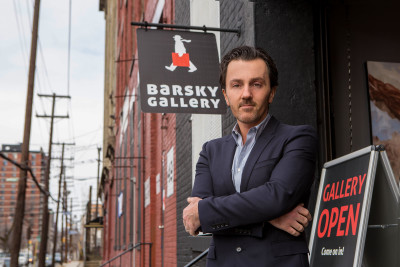
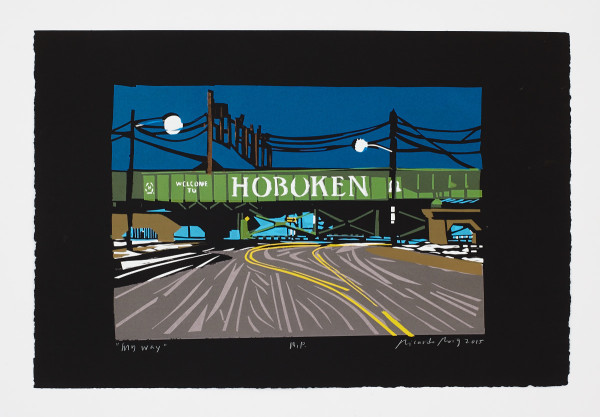
 Previous Article
Previous Article Next Article
Next Article FEATURED PROPERTY: 148 Greenwood Road, Mountainside | Beautiful Colonial | $899,000
FEATURED PROPERTY: 148 Greenwood Road, Mountainside | Beautiful Colonial | $899,000  hOMES: Weekly Insight Into Hoboken & Jersey City Real Estate Trends | February 8, 2019
hOMES: Weekly Insight Into Hoboken & Jersey City Real Estate Trends | February 8, 2019 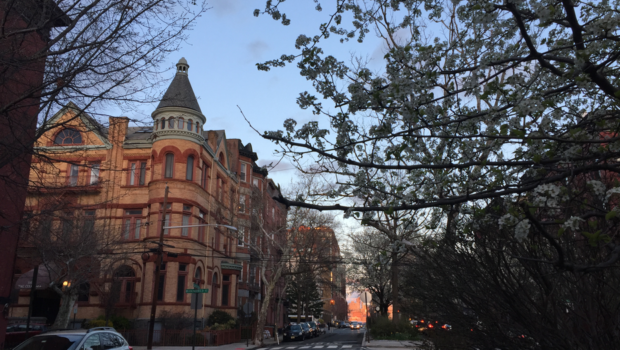 hOMES: Weekly Insight Into Hoboken & Jersey City Real Estate Trends | April 20, 2018
hOMES: Weekly Insight Into Hoboken & Jersey City Real Estate Trends | April 20, 2018  BILL’S SPACE SHOW: Episode 2 | The Rob Nicholas Band Performing “Rise” (LIVE – 1 Night in Hoboken)
BILL’S SPACE SHOW: Episode 2 | The Rob Nicholas Band Performing “Rise” (LIVE – 1 Night in Hoboken)  FEATURED PROPERTY: 939 Bloomfield Street, Hoboken | Two-Family Brownstone on Tree-Lined Uptown Bloomfield Street | $1,985,000
FEATURED PROPERTY: 939 Bloomfield Street, Hoboken | Two-Family Brownstone on Tree-Lined Uptown Bloomfield Street | $1,985,000  FEATURED PROPERTY: 201 Massachusetts Street, Westfield | 5BR/4BA Colonial | $1,249,000
FEATURED PROPERTY: 201 Massachusetts Street, Westfield | 5BR/4BA Colonial | $1,249,000 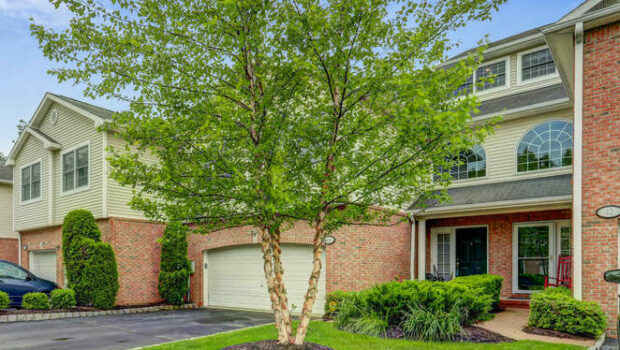 FEATURED PROPERTY: 10 Waldeck Ct, West Orange; 3BR/3BA Condo — $469,000
FEATURED PROPERTY: 10 Waldeck Ct, West Orange; 3BR/3BA Condo — $469,000 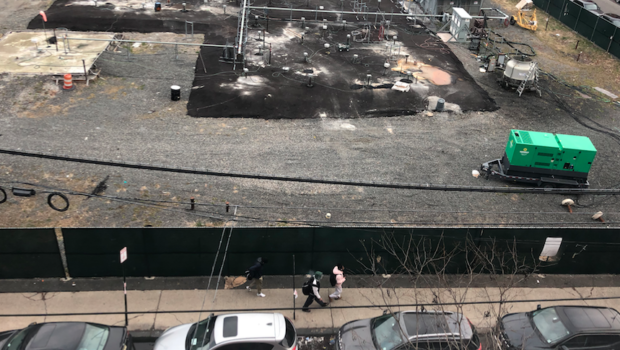 WHAT THE FUNK?: Residents, Local Media Seek Answers Regarding Noxious Odors From Hoboken Remediation Site
WHAT THE FUNK?: Residents, Local Media Seek Answers Regarding Noxious Odors From Hoboken Remediation Site